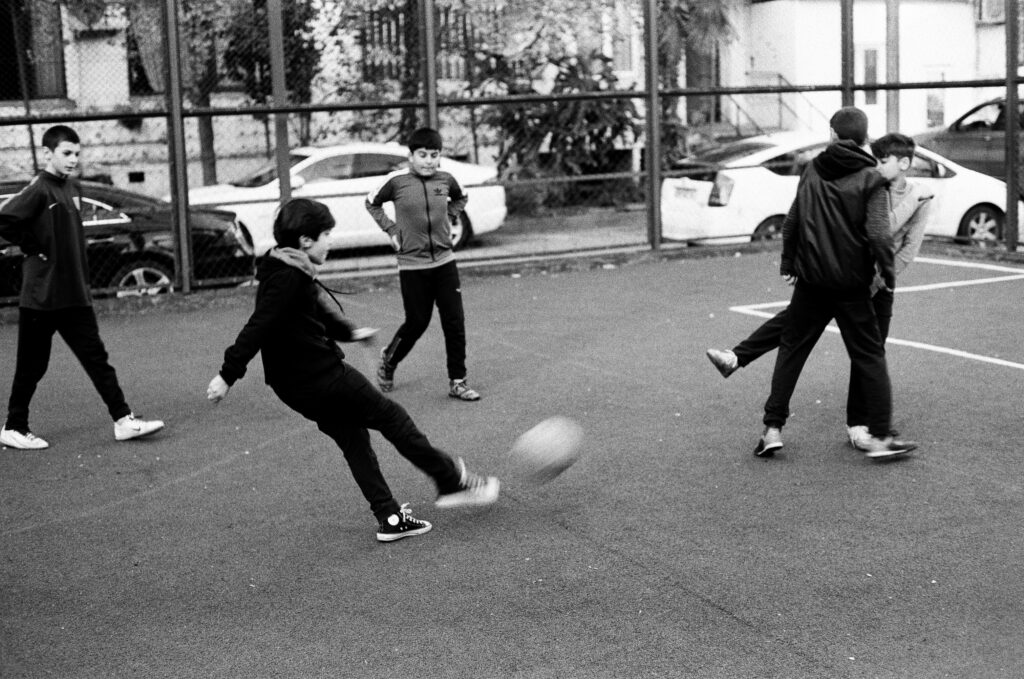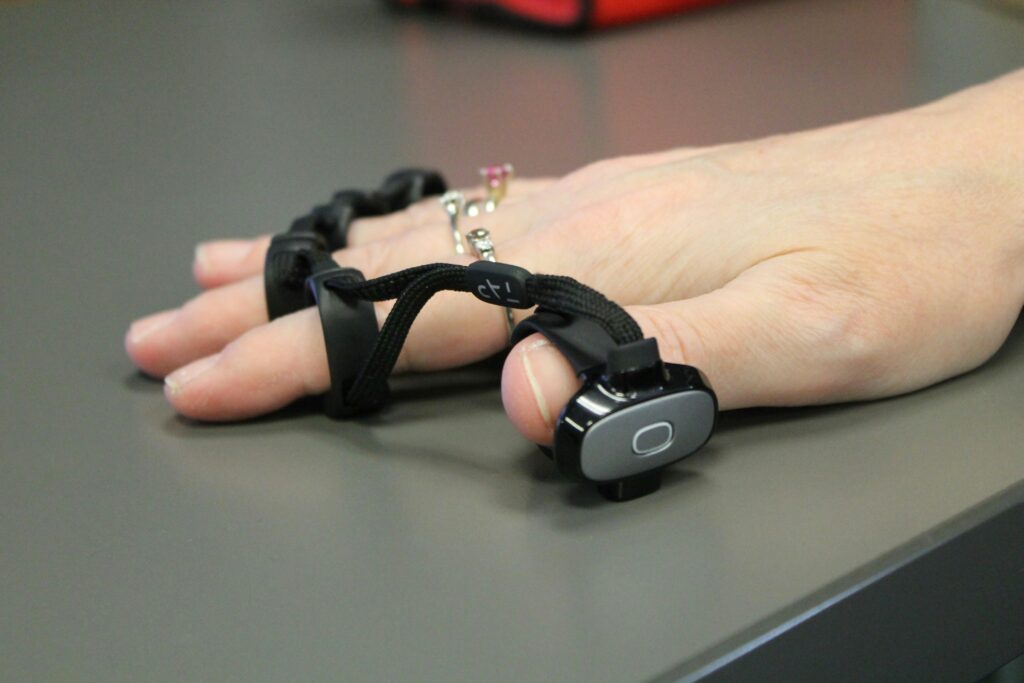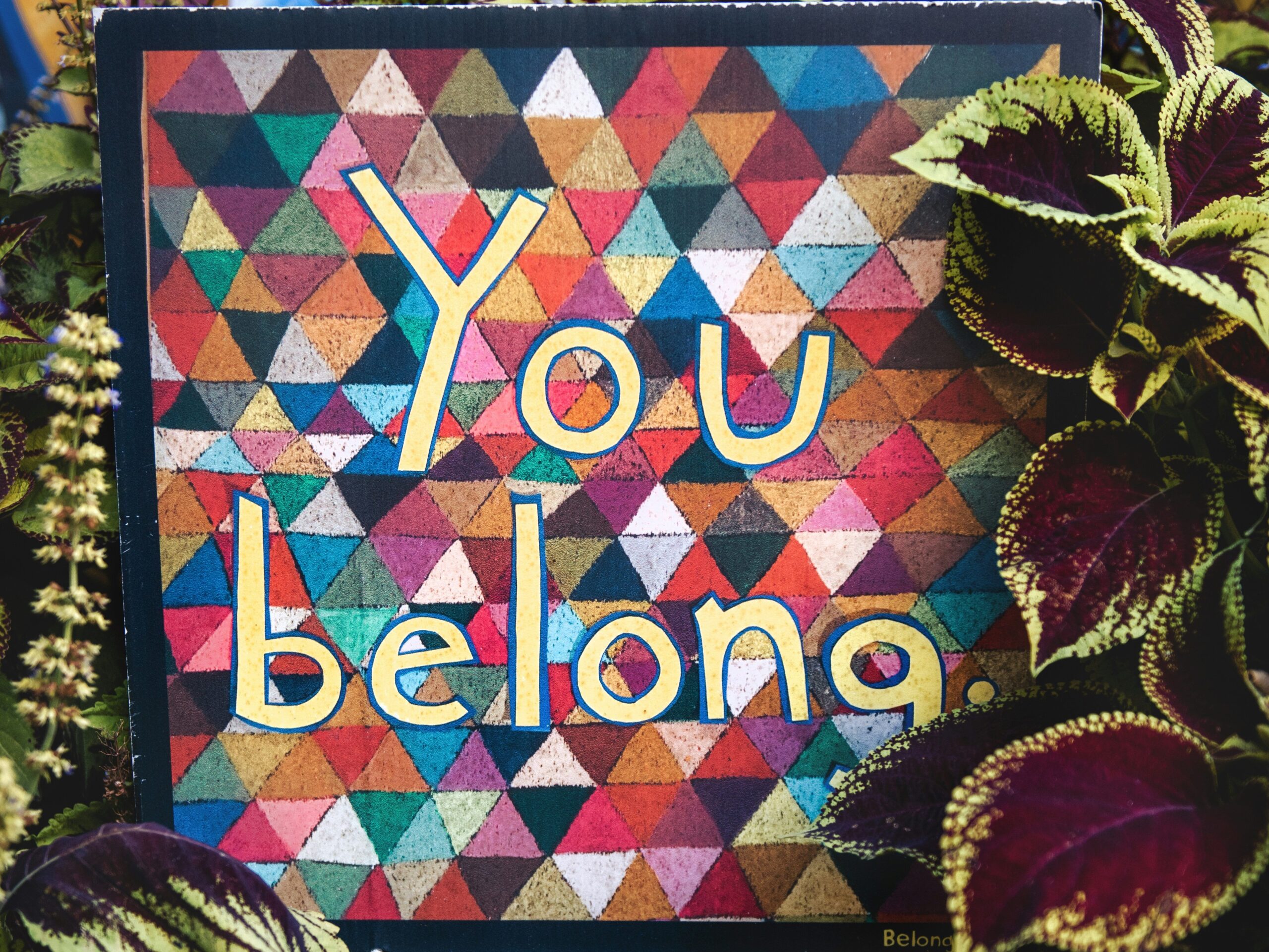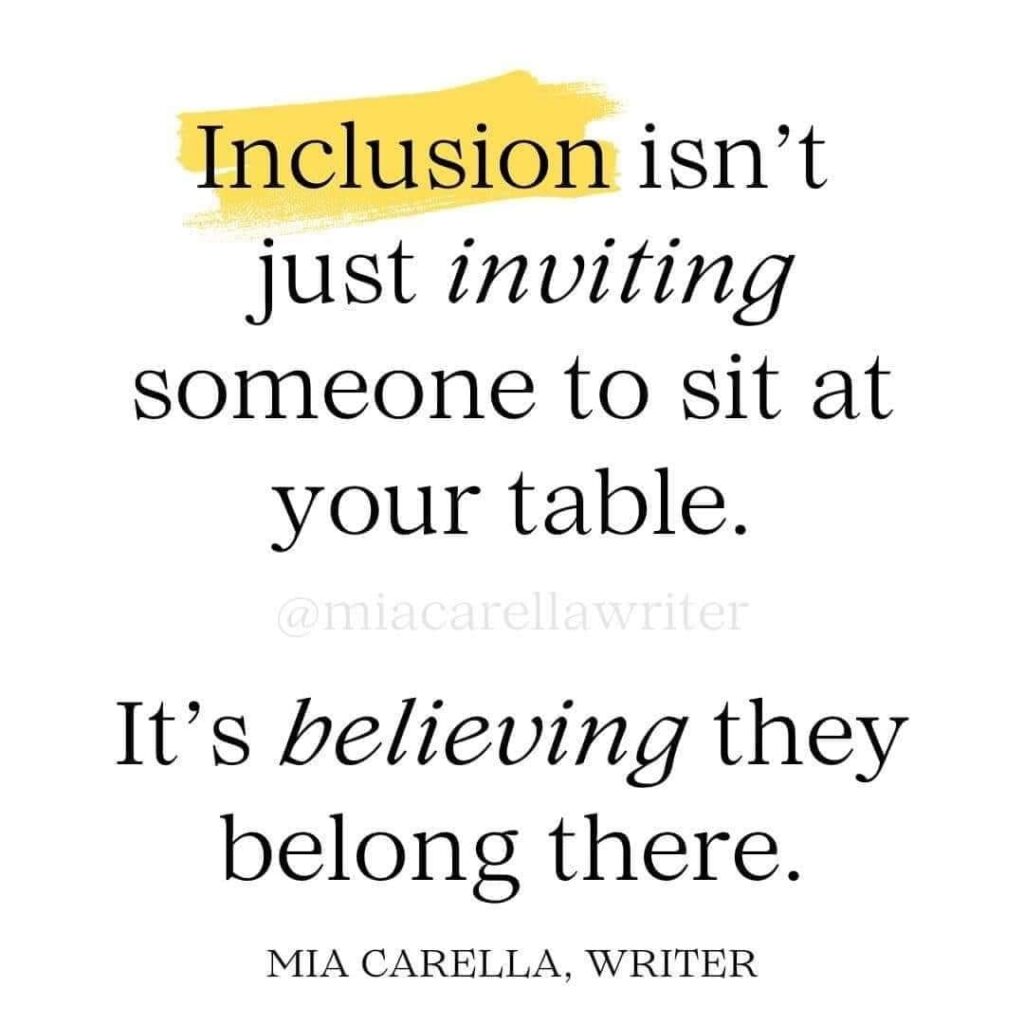
After reading section 9.6 Interaction in the textbook Teaching in a Digital Age, I was struck by the sentence: “with good design and adequate resources, technology-based instruction can provide high levels of student interaction with the learning materials” (Bates, 2019). Why did this stop me reading and prompt a moment of reflection? Well, I thought back to my own experiences with technology-based instruction and have to say what drastic changes have taken place from the start of my online learning journey, back when the pandemic hit and classes were forced to move to online platforms out of necessity, to now where I am learning to navigate my own online learning communities while discovering how to employ engaging measures to build my students’ online learning communities. The quote above made me consider what constitutes “good design” and “adequate resources.” I wanted to find a video to answer the question of how to build a strong learning community for my students and I considered the various barriers, such as anxiety, hesitation, disabilities, discrimination, technological obstacles, and more, but I settled on educating about social justice involving equity and equality to help start the conversation of inclusive practices, not only for educators, but also for our learners.
Here is one video I found:
Students’ Response
This video starts with an example that students could fairly generally grasp as most students wear shoes and have had to try shoes on before in their life. This example helps to grasp the attention of the audience and begin building an individual connection to the information being shared, somewhat inherently because it relates to personal experiences.
While the thinking can get started here by the learner, what this video doesn’t encourage is how to remove and break down barriers and to provide equitable changes. At the age group I will be teaching, what can elementary students do to help progress the social justice movement?
That’s where the learning must continue and move more hands-on. Let’s explore some activity ideas!
Activity Suggestion
Although the video could have just as easily suggested some activities, a review at the end, or further prompting questions to continue learners’ thinking, that part could be left to the educator and learner to design cooperatively. I do highly suggest this because the impact will be much greater for the learner and educator when the students are able to provide their input on the activities and suggest how and why these activities could improve equitable practices. This also gets the students thinking deeper about the ‘how’ and ‘why’ aspects.
Some ideas to deepen the learning with activities:
- Collective Art Project: this would be a whole-class art project that focuses on two different stories: one where an individual is not having their needs met equitably and the other where the individual is having their needs met equitably. It would be set as a reminder for students that equity doesn’t look like everyone getting the same thing; but instead the thing that allows them to participate actively. I imagine it could be as big as a whole-school project in the form of a mural, but I may be brainstorming too big already. It could be as small as two scenes between paired students to a grouped or class project, or as large as the whole school. Many different mediums could be chosen for this activity, from collages and painted components, to using natural elements like sticks and leaves or even creating a human exhibit with unidentifiable photographs for preservation of the project. The options are limitless with a little imagination!
- STEM Tool Creation: this activity would allow the students to find a tool, like a pencil, chair, book, sink (if in the classroom), or anything, that they can design to be more accessible and inclusive. This is a neat project to also introduce Science, Technology, Engineering, and Mathematics (STEM) through the exploration and designing of a new tool. It would be neat to offer different materials such as rubber bands, drying or malleable clay, pipe cleaners, tape, glue, and many more. The idea is to use something to create an accessible and inclusive tool that can be further improved from the initial prototype, as sometimes schools have 3D printers and the concept can be generated into a printed tool that could benefit learners. This activity also teaches about the invention process and relates all the way back to Design Thinking.
- Equitable Environment Detective: this is where the students get to be detectives in their environment and ‘scope out’ or ‘detect’ the areas where equitable practices could be improved or engaged. They could have a chart with them to write down (or draw!) what they notice in their environment and provide suggestions for how and why those areas could and should be improved. This puts them in a position of power as they get to voice their ideas by providing their insights on their learning environment and will be heard by the teacher. Ideally, these ideas will be brought to the principal to discuss further how they could be integrated. I foresee this as being as the students’ environment in the classroom, to the school or school grounds, all the way to the neighbourhood or town, depending on age group and capacity! Children have wonderful ideas and are not always heard but I think this activity could be a very neat idea to really let their suggestions and voices be heard.
Please note that these activities could, and should, be adapted to the age group what is learning this lesson/topic. Some of these aspects may be too young and disengaging for an older audience while others may need to be adjusted to fit a younger audience. Use your best judgment and knowledge of your classroom/audience dynamic.

“A hand wearing a virtual keyboard device, that connects to the computer via Bluetooth and allows the user to type in a variety of locations.”
Lesson Extensions
While the video uses age-appropriate examples and language to build upon prior knowledge and understanding, using it as an introductory video to the topic of social justice will allow to further build on these theories and practices. As explored in my last blog post, this video also talks about removing the barriers as the ideal beyond providing equitable necessities. The next video may go further in-depth or could be a story exploring how increasing equitable measures could improve the lives of individuals living in inequitable circumstances, such as without access to basic life necessities like nourishing food and water, to assistive technology for communication or to engage in Instrumental Activities of Daily Living (IADLs: daily activities/practices to take care of one’s well-being and environment).
I would suggest this video ~What is Inequality and Social Justice by BBC~ and/or this book ~Noodlephant by Jacob Kramer~ (or the video read aloud here) to extend this lesson to the next. I would perhaps read All are Welcome Here by Alexandra Penfold (video read aloud here) to build understanding on inclusive practices. The discussion of social justice is not a ‘one and done’ exercise, but an ongoing and inclusive conversation that encompasses many perspectives and aspects of acquiring information. I argue that these conversations can begin with young learners in age-appropriate ways so we can educate the next generation of leaders and innovators.




